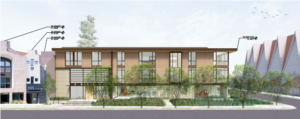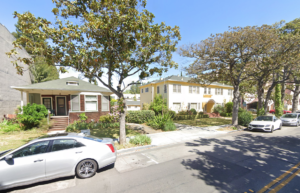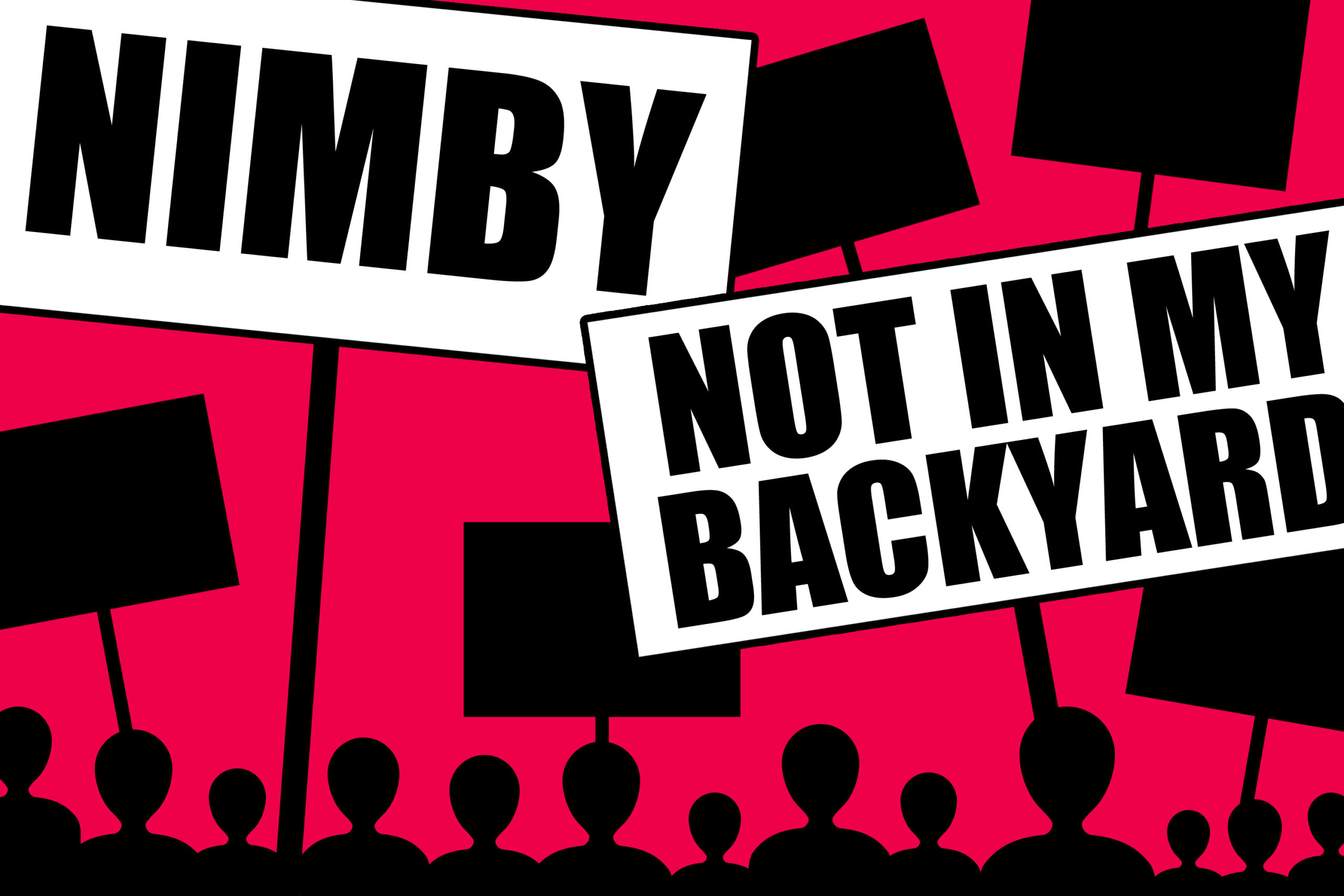 Once again, the chronic and acute shortage of housing in California takes center stage in this week’s blog, as has happened so many times over the past several years. This time, the spotlight is on Palo Alto, whose debates over development have also previously been featured here. The controversy at hand involves the tension between the development of additional market rate housing and the preservation of existing affordable housing.
Once again, the chronic and acute shortage of housing in California takes center stage in this week’s blog, as has happened so many times over the past several years. This time, the spotlight is on Palo Alto, whose debates over development have also previously been featured here. The controversy at hand involves the tension between the development of additional market rate housing and the preservation of existing affordable housing.
 A few weeks back, three improved parcels located near University Avenue in Palo Alto closed escrow in a $20 million sale to a national real estate investment company for use as mixed-use redevelopment site. The proposed project would increase the city’s housing inventory by 10 units and would contribute a substantial amount of money into Palo Alto’s affordable housing fund in lieu of including below market rate units in the development. A small win-win, right? Well, not exactly.
A few weeks back, three improved parcels located near University Avenue in Palo Alto closed escrow in a $20 million sale to a national real estate investment company for use as mixed-use redevelopment site. The proposed project would increase the city’s housing inventory by 10 units and would contribute a substantial amount of money into Palo Alto’s affordable housing fund in lieu of including below market rate units in the development. A small win-win, right? Well, not exactly.
It turns out that these development plans require that the three parcels be merged and the existing structures be demolished. As the demolished structures include 9 apartments that are considered to be affordable housing units, a number of Palo Alto groups oppose this proposal. Over 150 people have thus far signed a petition on Change.org to ask the City Council to stop this plan.
At the present time, however, this project is continuing through the Palo Alto development approval process, and is expected to be green-lighted further as it moves through various levels of city review. On the one hand, it is painfully clear that there is much more demand in Silicon Valley for housing than there is existing supply, and that the state legislature is taking more steps to pressure local governments to move out of the way of housing construction projects. On the other hand, this new mixed-use development will take the place of older, less expensive housing stock, which is even scarcer.
Building new market-rate housing and preserving existing affordable housing are both salutary goals. And while one would hope that our region could both walk and chew gum at the same time, it may well be beyond our capabilities to increase our supply of affordable housing while also building enough new homes to meet existing market demand. At the very least, it seems as though experience teaches us that we aren’t particularly good at doing both—or either, for that matter.



